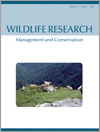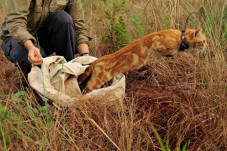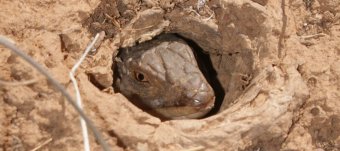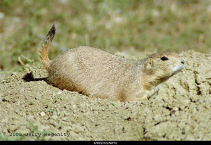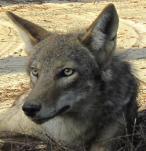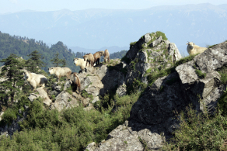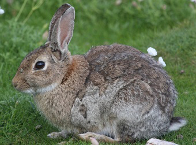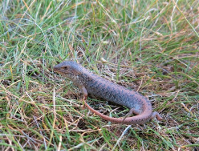WR16066How to catch red foxes red handed: identifying predation of freshwater turtles and nests
Identifying predator species from their scats, footprints or prey remains can be problematic. We used three methods (DNA analysis, camera traps and scat analysis) to identify the predator of adult freshwater turtles and their nests. All three methods confirm that the red fox (Vulpes vulpes) was responsible. Application of these methods will inform effective conservation management strategies.


